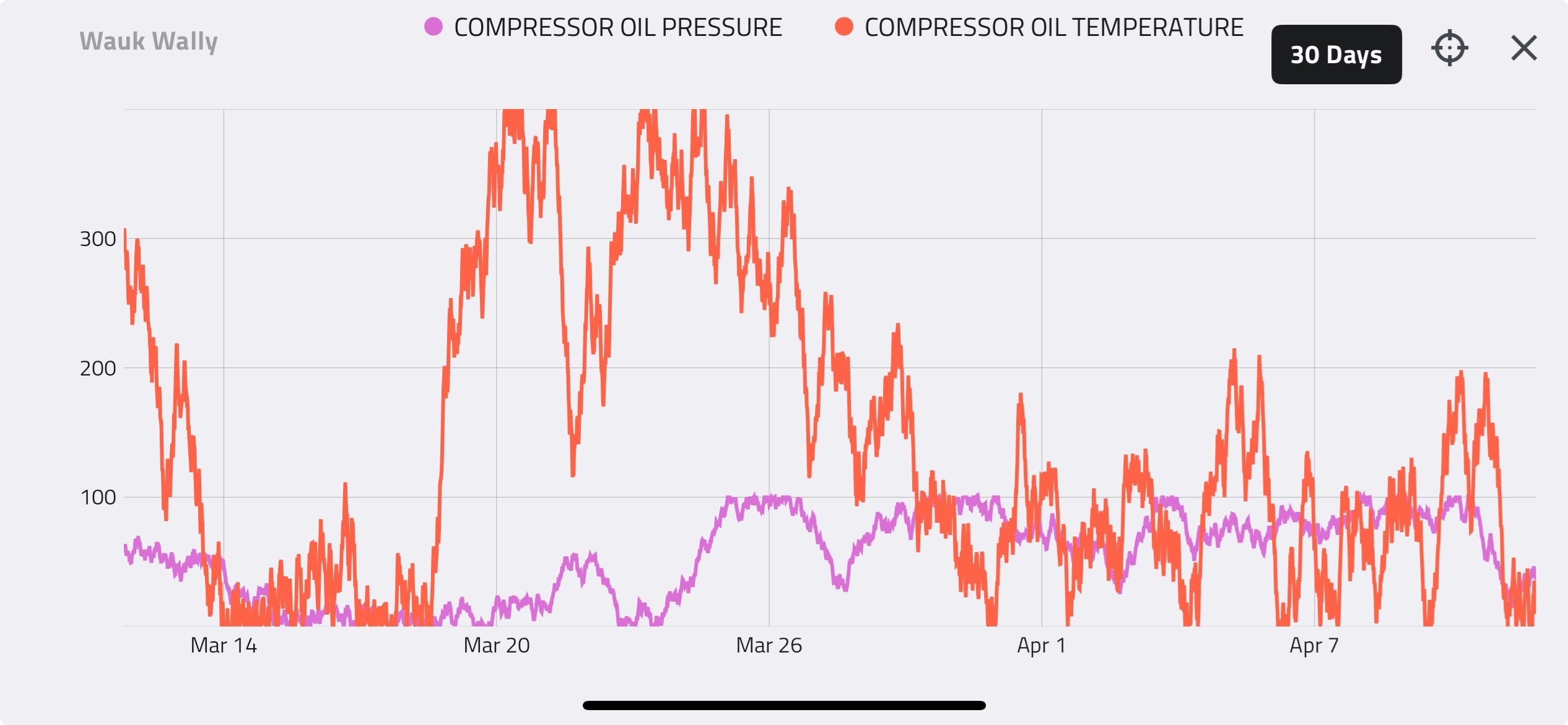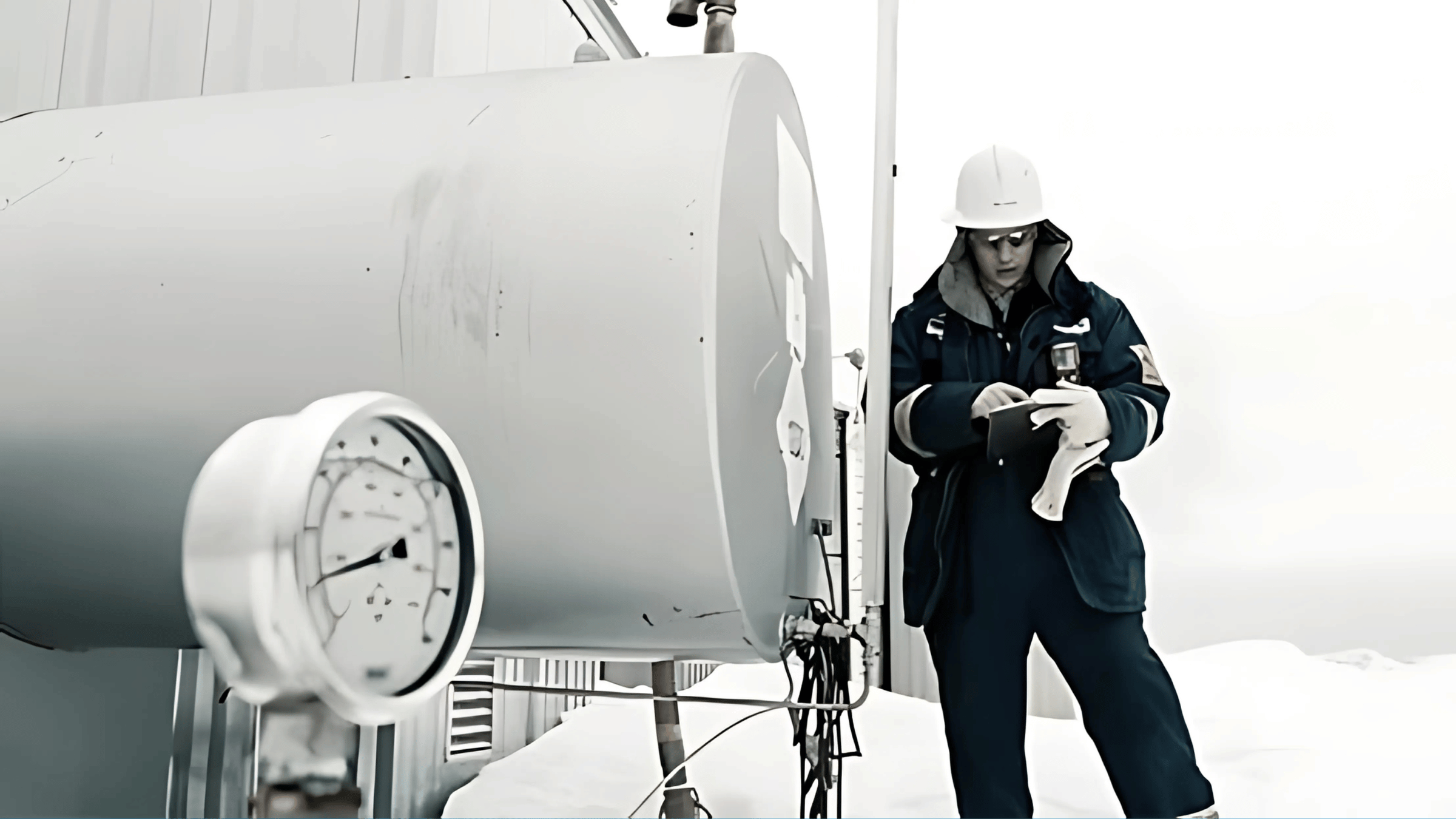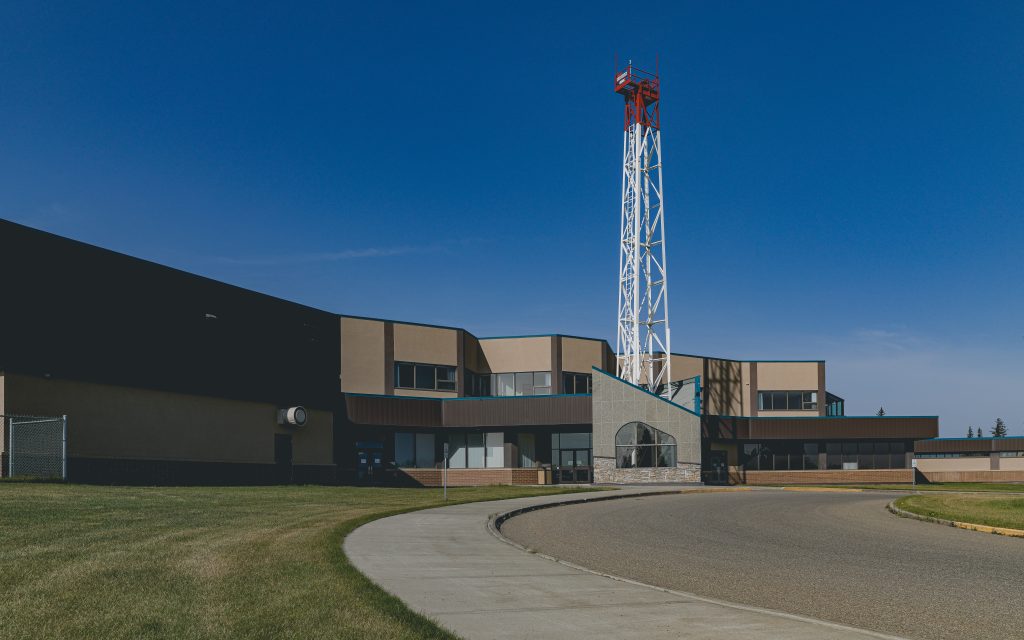Houston, TX |
When it comes to compression, the most expensive problems are often the ones you never see coming. In our latest webinar, we break down real-world examples of failures that could have been avoided—and the operational wins achieved by teams that caught them in time. If you're responsible for production, maintenance, or asset performance, this 30-minute session is packed with insights that could change the way you manage your fleet.
When Running = Losing: The Cost of Inaction
One of the most dangerous misconceptions in compression is the idea that if a unit is running, it’s fine. As our webinar illustrates, the truth is far more complex. A cracked valve or a misconfigured cylinder may not trip alarms or cause an immediate shutdown, but it quietly drains your efficiency—sometimes for months.
Take the example of a piston failure caused by a loose plate valve. It didn't just stop production; it damaged the cylinder, tripped a high-temp alarm, and led to extended downtime. Another unit ran for weeks with failing valves, operating well below potential and burning unnecessary fuel the entire time.
These are the silent losses that rarely show up on a daily report but stack up to significant financial waste over time.
Case Study: Getting Back on Curve
One client acquired a facility and kept the inherited compression assets in a "set it and forget it" configuration. The units were stable, but underperforming—until our team ran an audit.
Within weeks of adding the units to our analytics platform, it was clear they were well off their designed operating curve. Cylinder capacity was around 70%, horsepower utilization just 50%. After simple configuration changes (no new hardware, no capex), production increased by over 320 MSCF/day across two units. At $2/MSCF, that translated to nearly $250,000 in additional revenue annually.
Case Study: Catching Failures Before They Escalate
In another example, an operator manually adjusted pocket settings to push more gas after a third-party outage. It worked—but also spiked rod loads to 98%, dangerously close to failure.
Thanks to a real-time alert triggered by a manual data entry, our team was able to intervene. The operator returned the settings to a safe range and raised suction pressure to accommodate flow. Result: no damage, no downtime, and higher production.
Case Study: Stop Paying for Excess Capacity
Sometimes it's not about pushing more—it's about using less. One oversized unit had been recycling continuously for years, costing the operator over $330K/year in wasted power.
After evaluating options, the client chose to install crank-end spacers on the first stage cylinders. This low-cost hardware change reduced power consumption by over 1,000 kWh/day, saving $40,000 annually.
Final Takeaways
-
Know where each unit stands against its design curve
-
Monitor temperatures, flow rates, forces, and rod loads
-
Don't let "recycling" become the norm
-
Every misconfiguration is either costing you gas or burning power



